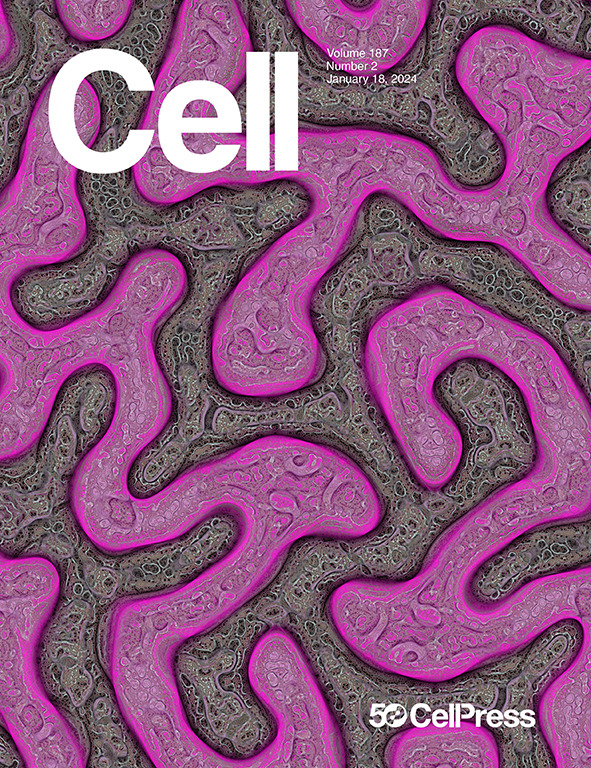了解自然智能的神经基础
IF 42.5
1区 生物学
Q1 BIOCHEMISTRY & MOLECULAR BIOLOGY
引用次数: 0
摘要
要了解自然智能的神经基础,就必须进行范式转变:从严格的还原论转向接受复杂性和多样性。新的工具和理论使我们能够应对这一挑战,为我们提供了前所未有的跨时间、跨环境和跨物种的神经动态和行为。自然界中的智能行为和学习原理现在比以往任何时候都更加触手可及。本文章由计算机程序翻译,如有差异,请以英文原文为准。
Understanding the neural basis of natural intelligence
Understanding the neural basis of natural intelligence necessitates a paradigm shift: from strict reductionism toward embracing complexity and diversity. New tools and theories enable us to tackle this challenge, providing unprecedented access to neural dynamics and behavior across time, contexts, and species. Principles for intelligent behavior and learning in the natural world are now, more than ever, within reach.
求助全文
通过发布文献求助,成功后即可免费获取论文全文。
去求助
来源期刊

Cell
生物-生化与分子生物学
CiteScore
110.00
自引率
0.80%
发文量
396
审稿时长
2 months
期刊介绍:
Cells is an international, peer-reviewed, open access journal that focuses on cell biology, molecular biology, and biophysics. It is affiliated with several societies, including the Spanish Society for Biochemistry and Molecular Biology (SEBBM), Nordic Autophagy Society (NAS), Spanish Society of Hematology and Hemotherapy (SEHH), and Society for Regenerative Medicine (Russian Federation) (RPO).
The journal publishes research findings of significant importance in various areas of experimental biology, such as cell biology, molecular biology, neuroscience, immunology, virology, microbiology, cancer, human genetics, systems biology, signaling, and disease mechanisms and therapeutics. The primary criterion for considering papers is whether the results contribute to significant conceptual advances or raise thought-provoking questions and hypotheses related to interesting and important biological inquiries.
In addition to primary research articles presented in four formats, Cells also features review and opinion articles in its "leading edge" section, discussing recent research advancements and topics of interest to its wide readership.
 求助内容:
求助内容: 应助结果提醒方式:
应助结果提醒方式:


